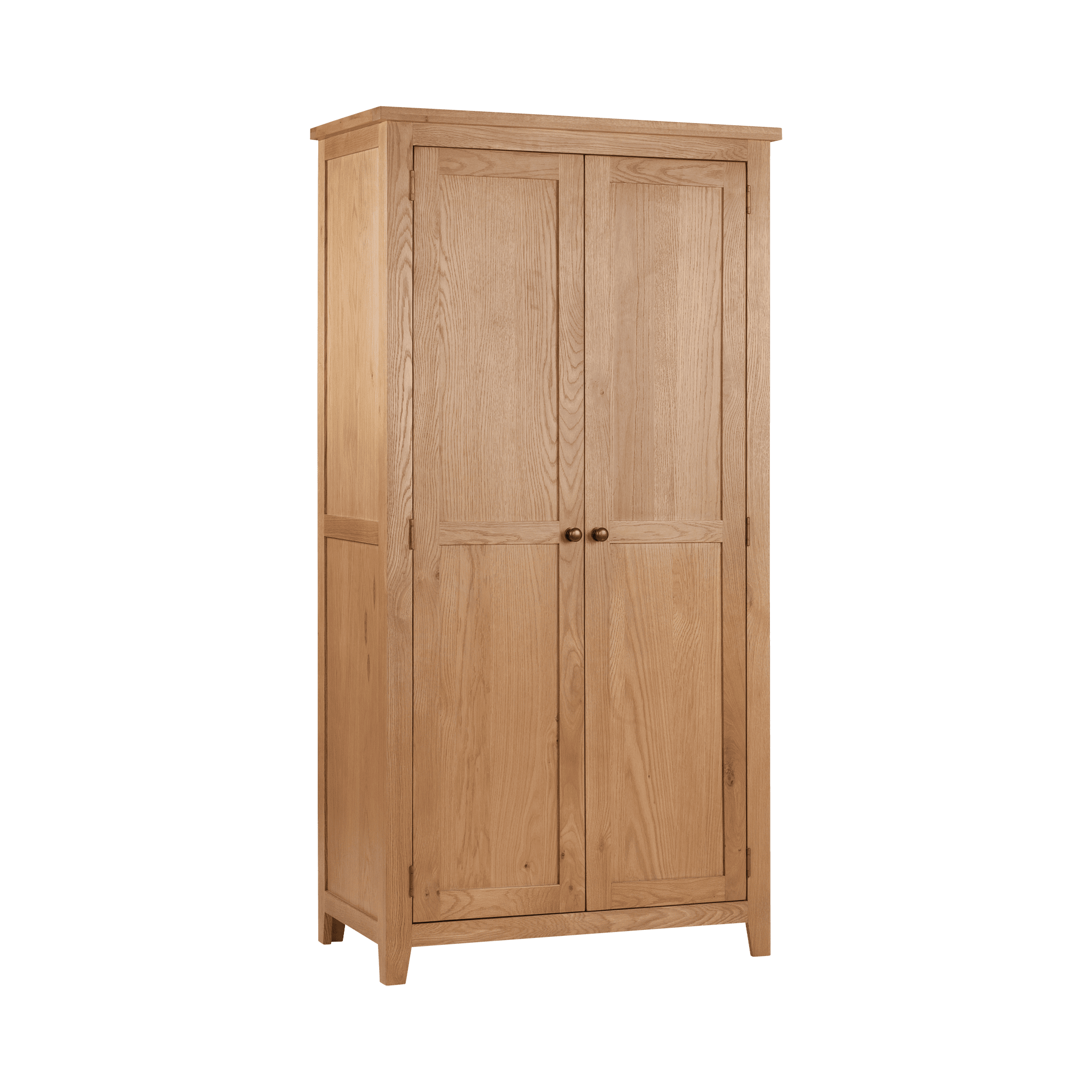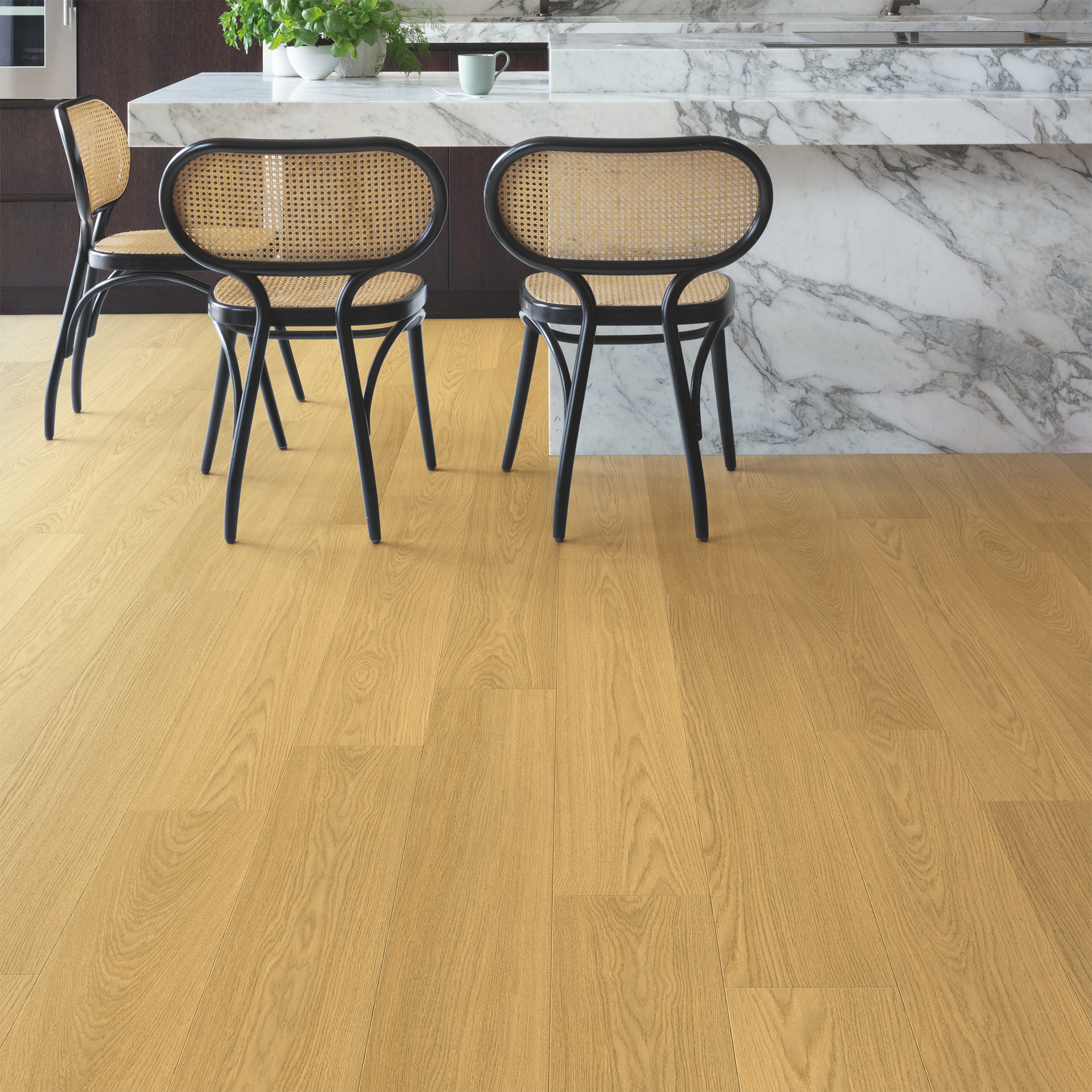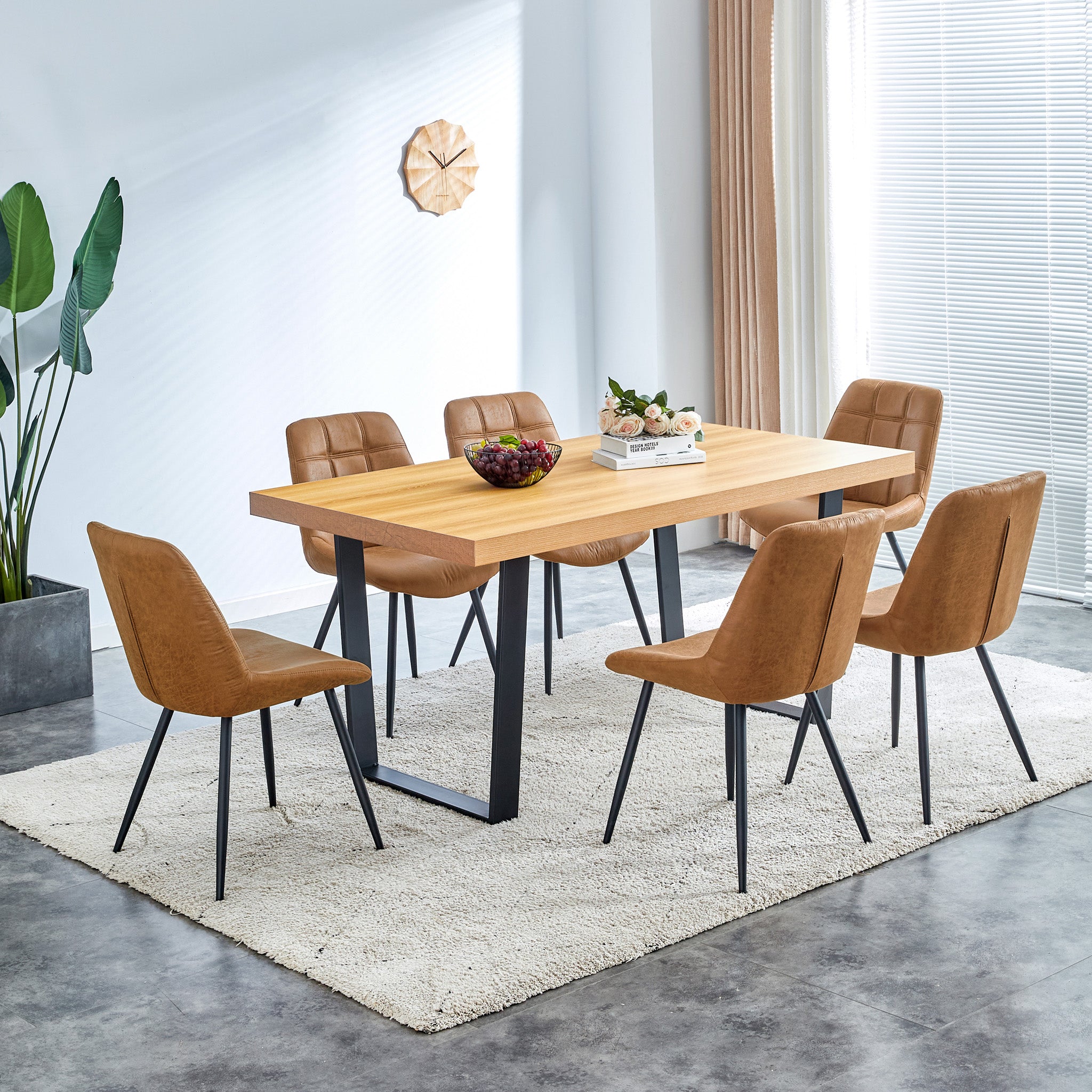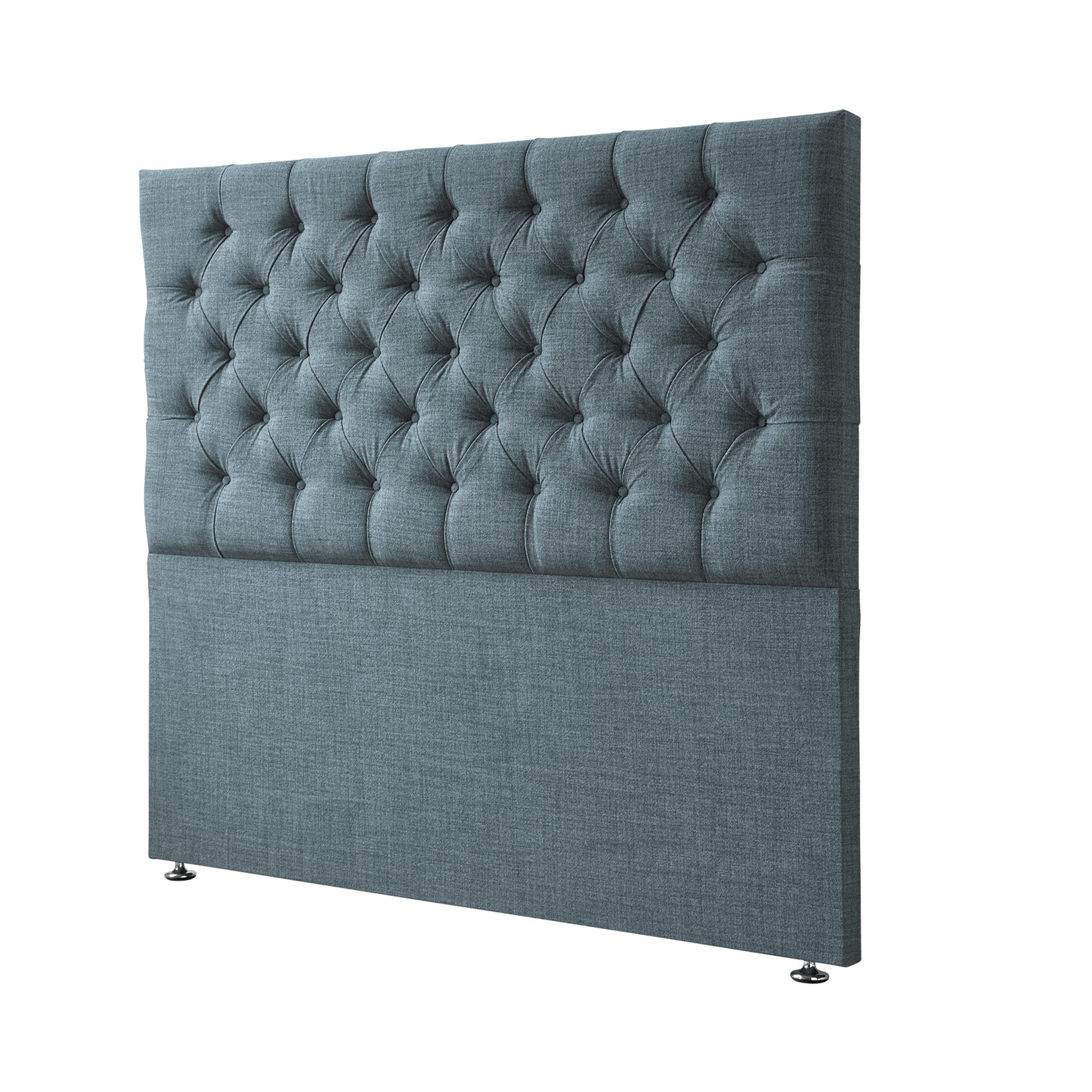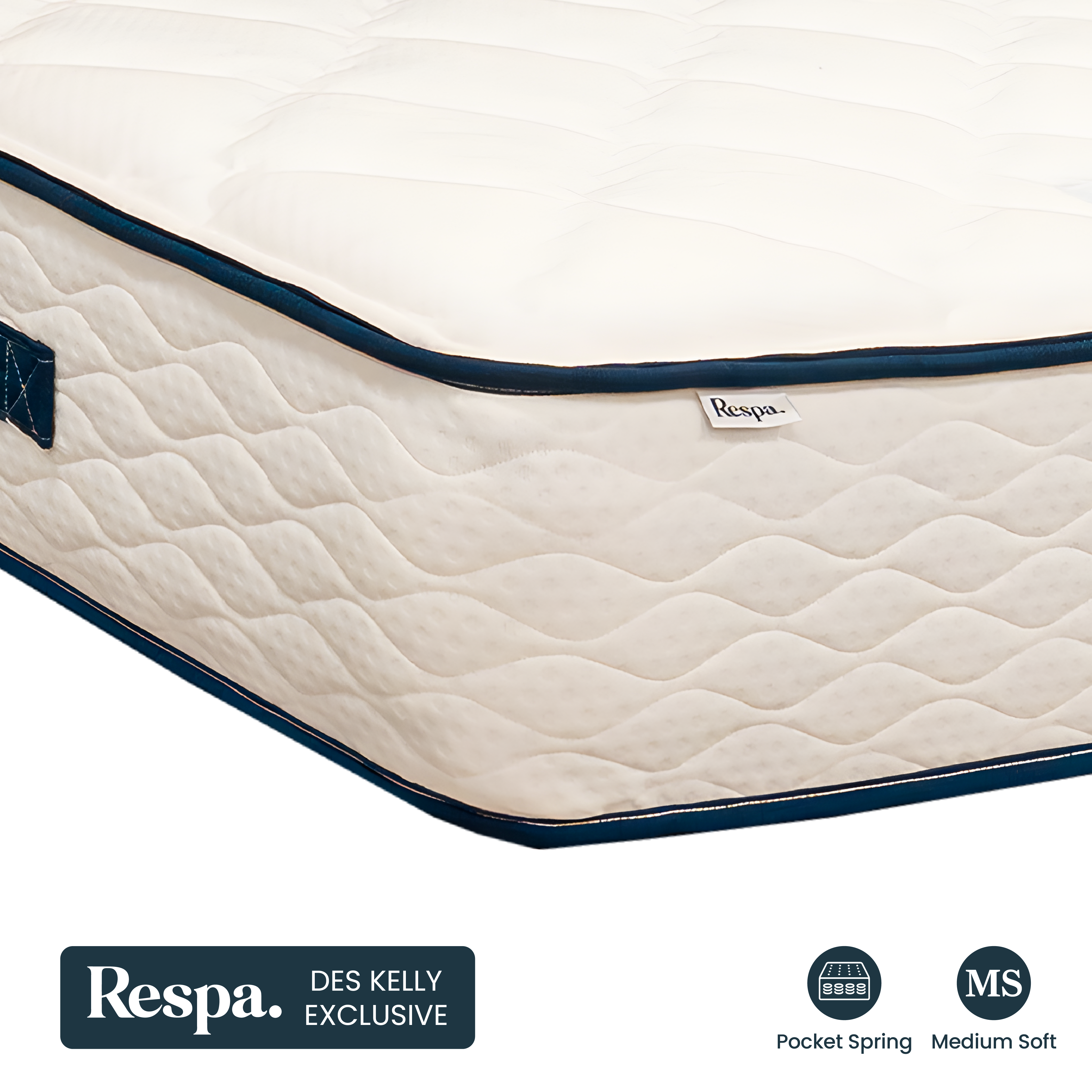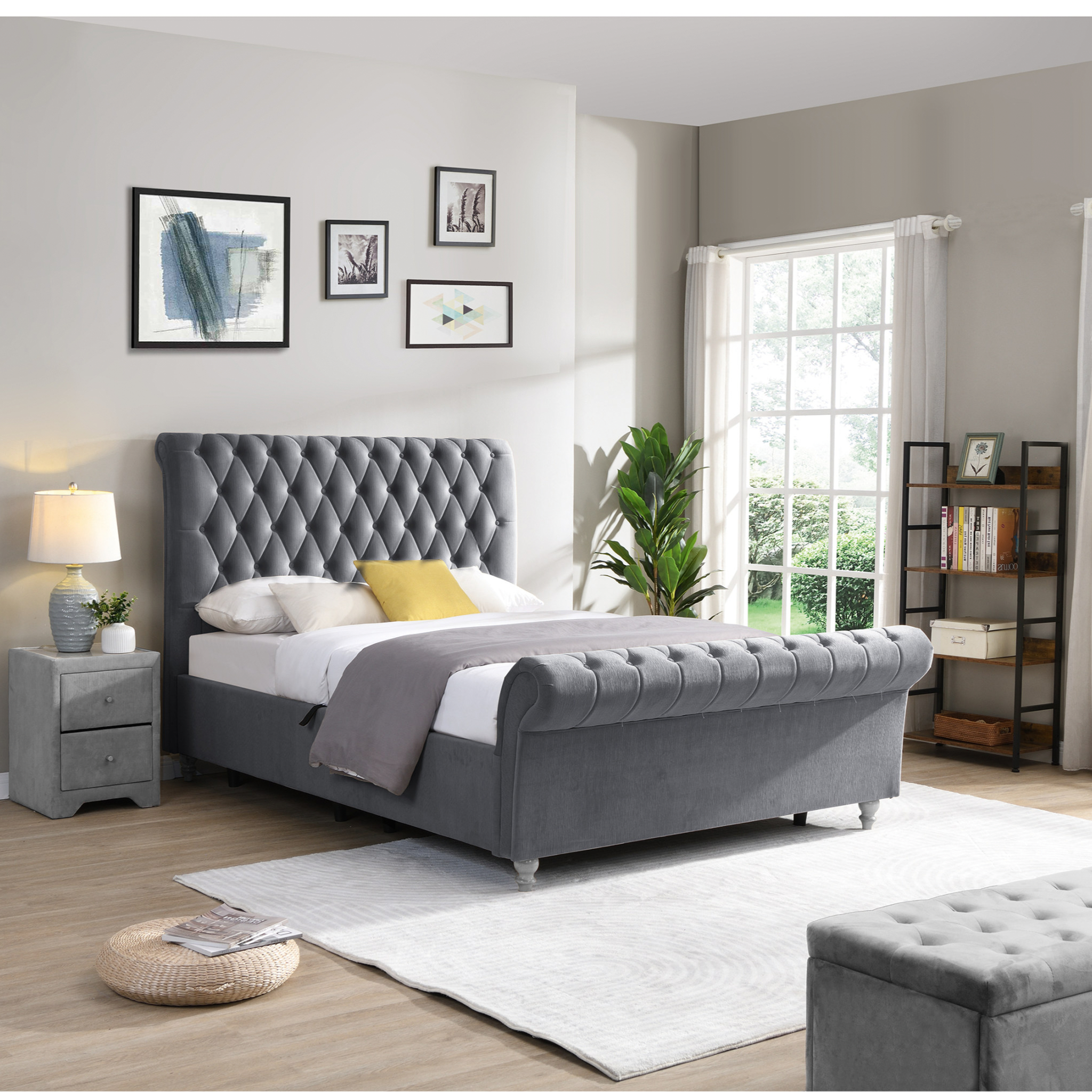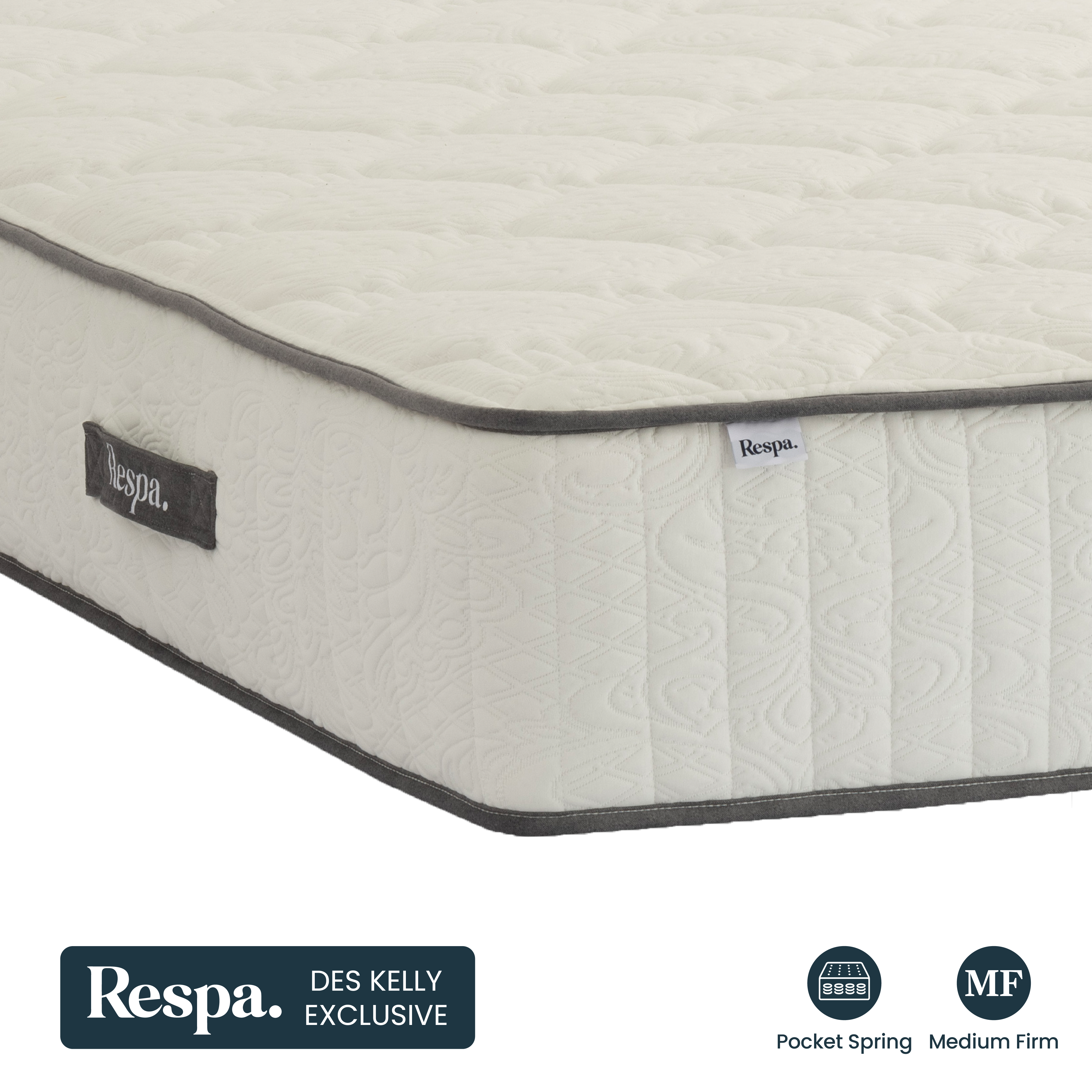
Bedroom Design Ideas: How to Style a Cohesive, Comfortable Space
When you're planning a bedroom refresh, it helps to think of the room as a complete composition rather than just picking a bed and calling it a day. At Des Kelly Interiors, we’ve found that the bedrooms our customers love most have something in common: they balance four core elements that together create a calm, cohesive and stylish space. Let’s walk through each of these elements and show you how to bring them together using furniture, textiles, wall art, flooring and accessories.
1. Furniture: Anchoring the Room with Purpose & Style
Furniture is the framework of your bedroom design. It’s where storage meets style, and it sets the tone for everything else. The right pieces give you both function (wardrobes, drawers, bedframes) and aesthetic direction (material, finish, proportion).
Key considerations:
- Proportion & layout: Measure your space carefully, leaving room to walk around the bed and open wardrobe doors.
- Material & finish: Natural oak tones bring warmth to Irish homes and pair well with most colour schemes.
- Storage: Keep your room clutter-free with wardrobes and drawer units that suit your lifestyle.
Recommended pieces:
- The Barnet 2 Door or 3 Door Wardrobe Natural. Choose 2‑door for smaller rooms, 3‑door for larger spaces.
- The Barnet Tall 5 Drawer Chest of Drawers Natural. This is great for vertical storage without taking up much floor space and is ideal alongside wardrobes.
- The Barnet Bedframe Natural. Use this piece as your design anchor and match or coordinate with other furniture for a unified look.
Sticking to one collection like the Barnet range helps create a seamless and coordinated look.
2. Flooring & Rugs: Grounding the Space & Adding Texture
The floor is often under‑utilised in bedroom design. Whether you choose wood, laminate, or carpet, adding a rug can visually lift the room, add warmth underfoot, define the sleeping area and tie your furniture together.
What to consider:
- Material: In Irish homes, rugs can make bedrooms warmer and more inviting year-round.
- Size: Choose a rug that extends beyond the bed so it frames the sleeping area.
- Texture: Use a rug to add comfort and contrast against hardwood floors.
Recommended piece:
- The Nova Mars Beige Rug is a soft neutral rug with subtle patterning, ideal for pairing with natural oak finishes.
Place the rug so that it anchors your bed and furniture while keeping walkways clear and accessible.
3. Textiles & Soft Furnishings: Layering Comfort & Character
Textiles are where personality and comfort shine. They respond to the feel of the room — how it looks in daylight, how it feels when you slip into bed, how the light and shadows play across them.
Top tips:
- Layering: Combine different textures to create depth and comfort.
- Accent colours: Use throws or cushions to introduce a subtle pop of colour.
- Comfort: Choose tactile fabrics that feel as good as they look.
Recommended piece:
The Riley Throw. Drape this at the foot of your bed for an effortless touch of luxury. Choose a shade that picks up a subtle accent from your wall art or rug to tie the room together.
Textiles are a great way to refresh your space seasonally without a full redesign.
4. Wall Art & Finishing Touches: Bringing Personality & Balance
Art transforms a space and adds a layer of visual interest. It can tie your whole room together and reflect your personal style.
What to keep in mind:
- Scale: Your artwork should be proportional to the wall and furniture.
- Tone: Choose artwork that complements your rug, throws and furniture.
- Placement: Hang art above the bed or on a focal wall to create balance.
Recommended piece:
- The Breton Wall Art is a timeless piece that introduces subtle tones and complements natural wood finishes.
Complete your space with bedside lighting, a soft rug underfoot, and a few personal touches like books or plants.
Putting It All Together: A Step-by-Step Guide
Here’s how to build your ideal bedroom layout:
- Choose your flooring and add the Nova Mars Beige Rug
- Add the Barnet Bedframe as the centrepiece
- Position your wardrobe and chest of drawers along the longest wall
- Layer bedding and add the Riley Throw for comfort and colour
- Hang the Breton Wall Art to elevate the space
- Add finishing touches like lighting and accessories to personalise the room
This approach works especially well in Irish homes, combining warmth, function, and timeless style.
Your Dream Bedroom Starts Here
At Des Kelly Interiors, we believe great bedroom design starts with thoughtful choices and the right support. Whether you're updating a few key pieces or planning a full bedroom transformation, our expert team is here to help you bring it all together. And for added peace of mind, we offer free delivery and assembly on a wide range of our beds, so you can enjoy your new space without the stress.
You can explore our full range of bedroom furniture, rugs, wall art, and accessories in person at any of our showrooms across Dublin, Meath and Kildare including Blanchardstown, Sandyford, Tallaght, Swords, Sallins and Navan. We offer delivery throughout Kildare, Louth, Cavan and surrounding counties, so you get expert advice in-store and reliable service straight to your door.
Want ongoing inspiration, exclusive offers, and early access to home styling tips?
Sign up to our email newsletter to stay ahead with Ireland’s best home interior deals and bedroom ideas delivered straight to your inbox.
Frequently Asked Questions About Bedroom Design
How do I make my bedroom look good without a full renovation?
To make your bedroom look good without committing to a full renovation, focus on impactful but simple updates. Start by coordinating your furniture to create a cohesive look. Choose matching finishes or styles for your bedframe, wardrobe, and drawers. Add a neutral rug to define the sleeping area and introduce warmth. Layer in textiles like cushions and throws to add colour and comfort. Finally, add wall art to express your personality and visually complete the space. These small changes can dramatically enhance the style and feel of your room without major work.
What is the most popular bedroom style?
The most popular bedroom style today embraces calm, natural simplicity. Think soft neutral colours, warm textures, and clean-lined furniture. In Irish homes especially, oak or natural wood finishes are a go-to for creating a cosy yet modern feel. Organic elements like woven rugs, layered textiles, and earthy tones complement this aesthetic, making the space feel welcoming and grounded. It's a timeless look that blends practicality with warmth, ideal for everyday living.
How do I choose the right bedroom furniture layout?
Start by measuring your space and choosing furniture that fits the proportions of the room. A well-balanced layout should leave enough circulation space around the bed and access to wardrobes. Use a consistent finish like natural oak to tie pieces together visually, and balance height by pairing tall items like a wardrobe with a tall chest of drawers.
Why are rugs important in a bedroom, and how should they be placed?
Rugs add warmth, define zones and soften the look of a room. For larger beds, the rug should extend beyond the edges so you step onto it. Placing two-thirds of the rug under the bed and the remaining visible adds a framing effect that enhances the entire layout, especially when coordinating with wood flooring.
How do textiles enhance bedroom comfort and design?
Layering textiles adds depth, texture, and warmth. Start with a base of quality bedding, then add throws or cushions that complement your rug and furniture. Mixing textures like fringed throws and woven fabrics creates a rich, tactile experience that elevates the feel of the room.
How do I make wall art work in a bedroom space?
Wall art brings the finishing touch to your design by adding vertical balance and colour coordination. Choose a piece that is around two-thirds the width of your bed for over-bed placement. Match tones with existing elements like throws or rugs for cohesion, and use darker hues to create depth against light textiles.





